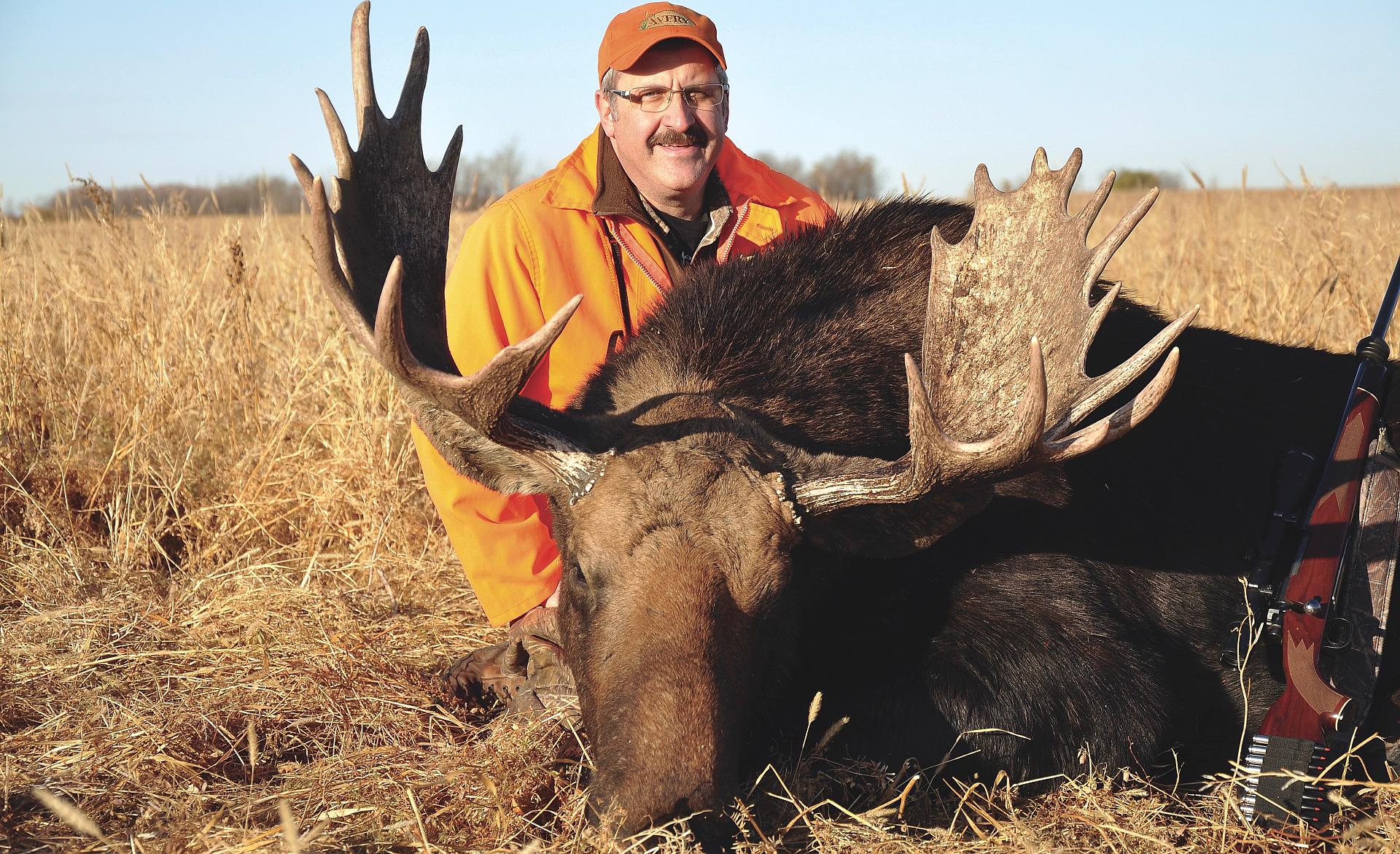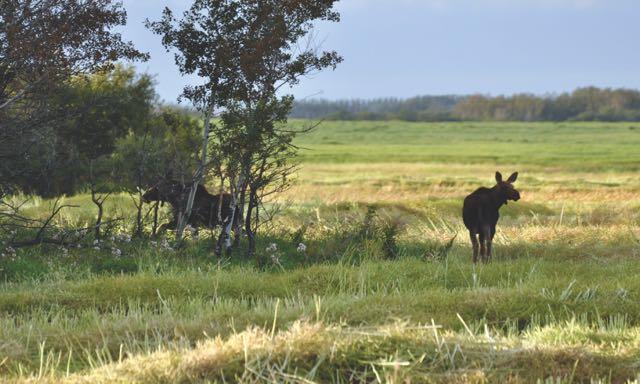DOWN ON THE FARM
Across Canada, moose inhabit pockets of prime cover in the midst of farmland—and that makes for a whole different kind of fall harvest
Advertisement
SCOUTING
In spring and summer, farmland moose don’t venture too far during daylight hours. Why would they? Life’s good down on the farm, where they can hang out in shady groves of trees or adjacent wetlands and feed on agricultural crops for days on end. For example, they can remain hidden and stand up only as needed throughout the day to feed on the leaves, flowers and pods of canola plants.
Advertisement
At this time of the year, the best way to scout for farmland bulls is to review maps of your hunting area to locate potential bedding areas. Then set out a few trail cameras in the thicker timber areas, or along potential travel routes leading out of the trees and into the open farmland.
Things change in late August and early September when moose start to enter the pre-rut phase, feeding in more open spaces as temperatures drop and the days shorten. Bulls will also start patrolling their territories to get an idea of where the various cows are. Daylight moose activity increases with each passing day, peaking when the rut kicks in near the end of September through to the middle of October.
To scout out a bull for opening day, drive back roads early in the morning and late in the afternoon, stopping to glass open fields and the edges of wetlands and isolated tree groves. While it’s great to see some bulls on these scouting runs, it’s even better to find as many cow moose or groups of cows as possible. Why? Cows on farmland often have small home ranges and don’t venture too far, and bulls will gravitate toward them. So, if you find cows, bulls will be nearby.
Advertisement
A few years ago, for example, I spotted a big mature cow with a nice bull in a pea field a few days before the season started. When I returned on opening morning, the cow was still there, but now with seven bulls—proof that farmland cows can often be found in the same place day after day. And those that do move usually cycle through an area every three days.


